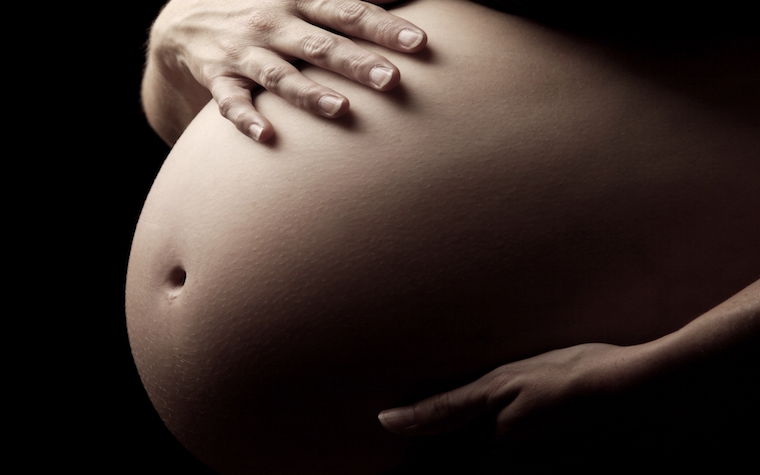
Data from the Maryland-based National Center for Health Statistics (NCHS) suggest that the incidence of U.S. premature births has worsened for the first time in the last eight years, according to a March of Dimes announcement.
With the overall preterm birth rate increasing from 9.57 to 9.63 in 2015, disparities were most prominent across ethnic and racial lines — with premature births over 15 percent higher in Native American women and almost 48 percent higher among black women, compared to white women.
“The 2016 March of Dimes Report Card demonstrates that there is an unfair burden of premature birth among specific racial and ethnic groups as well as geographic areas,” Dr. Jennifer Howse, March of Dimes president, said. “The March of Dimes strives for a world where every baby has a fair chance, yet we see this is not the reality for many mothers and babies. Babies in this country have different chances of surviving and thriving simply based on the circumstances of their birth.”
Providing a state-by-state breakdown, the NCHS’s report included information for all 50 states, the District of Columbia and Puerto Rico. Defined as birth prior to 37 weeks in utero, premature birth is the primary cause of death for babies in the U.S., as well as a key factor in many health problems.
“Americans lead the world in medical research and care, yet the U.S. preterm birth rate still ranks near the bottom of high-resource nations,” Dr. Edward McCabe, March of Dimes chief medical officer, said. “We can do better by mobilizing resources … and policies to ensure that no mother or baby falls through the cracks.”
The public can learn more about ways to prevent premature births and disparity at www.marchofdimes.org. March of Dimes is headquartered in White Plains, New York.